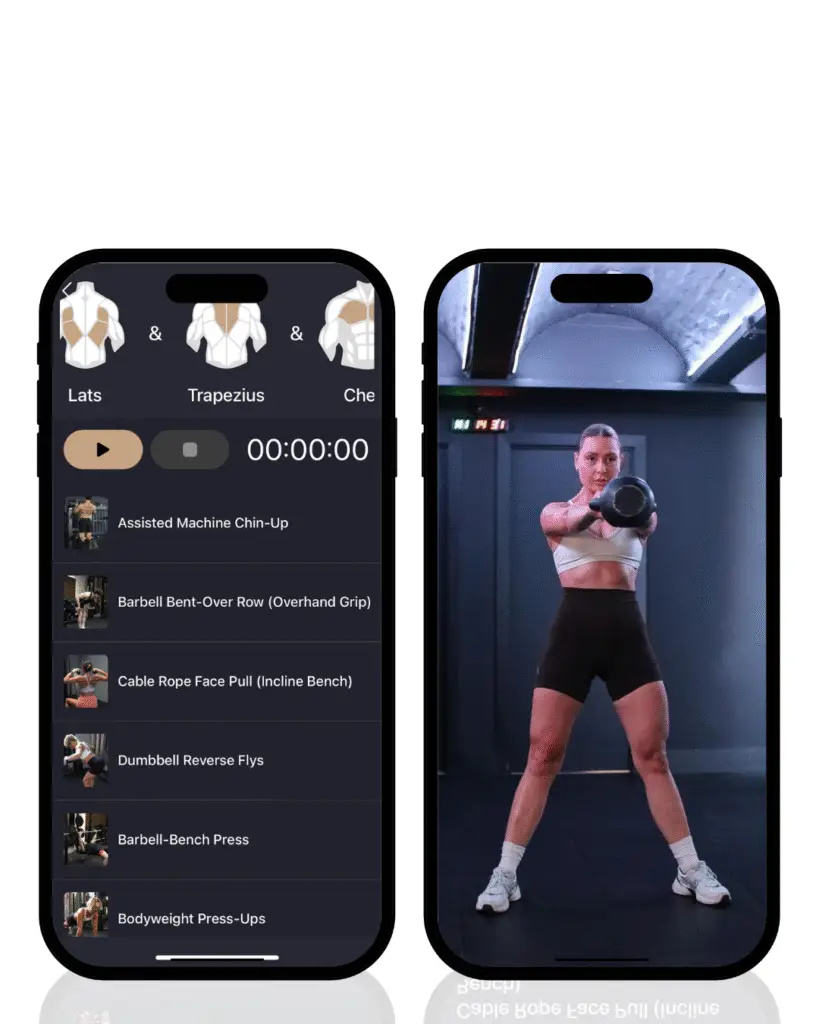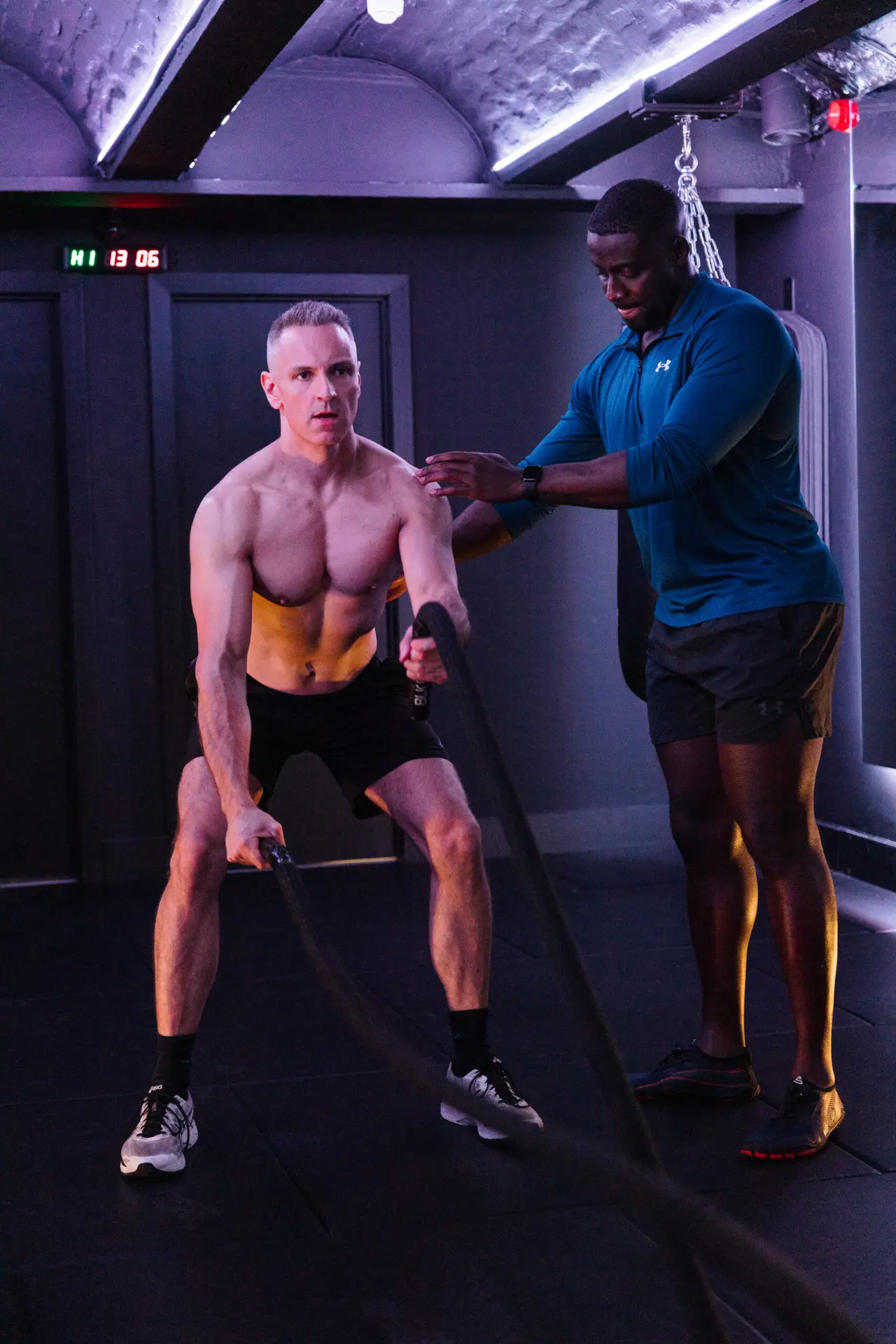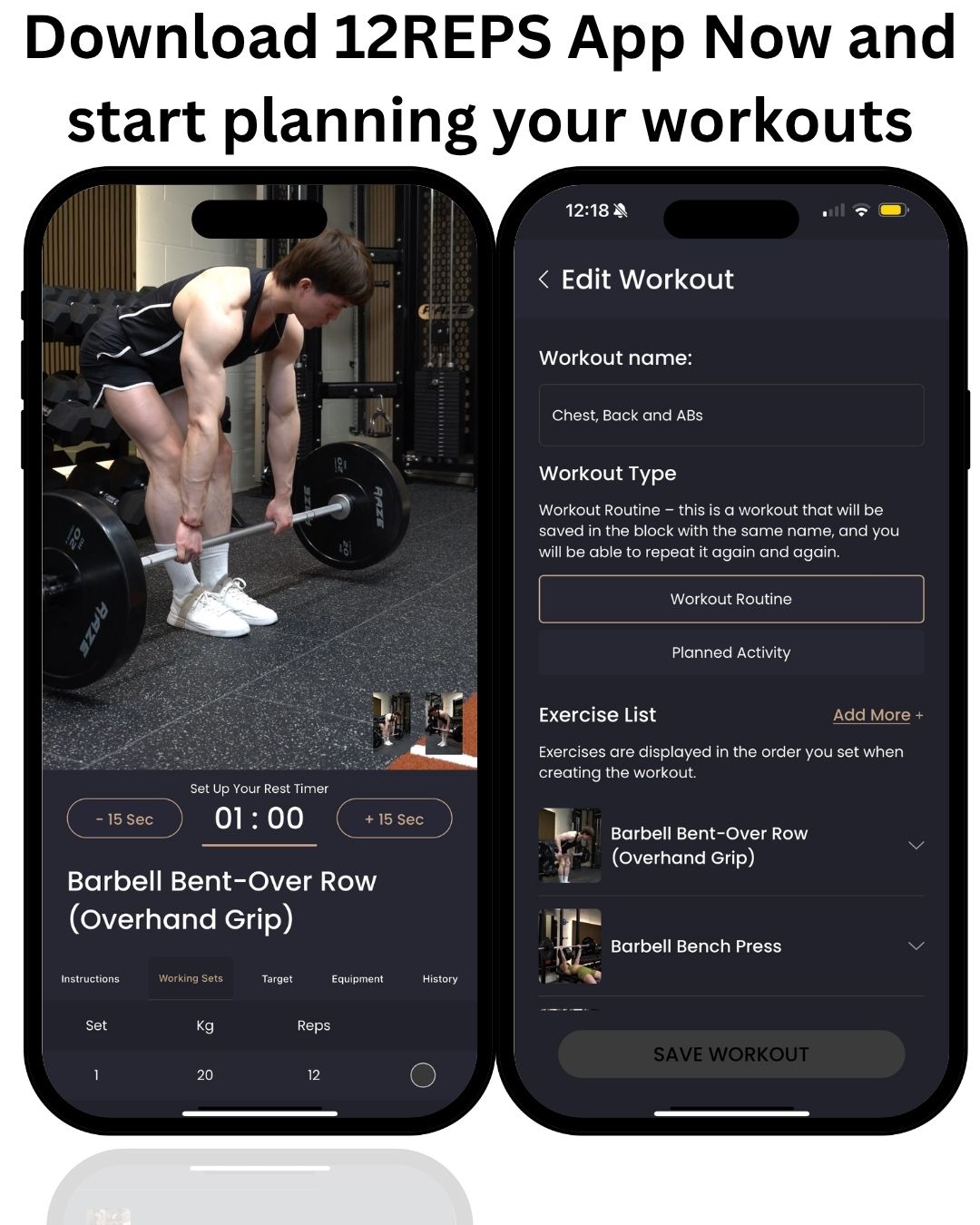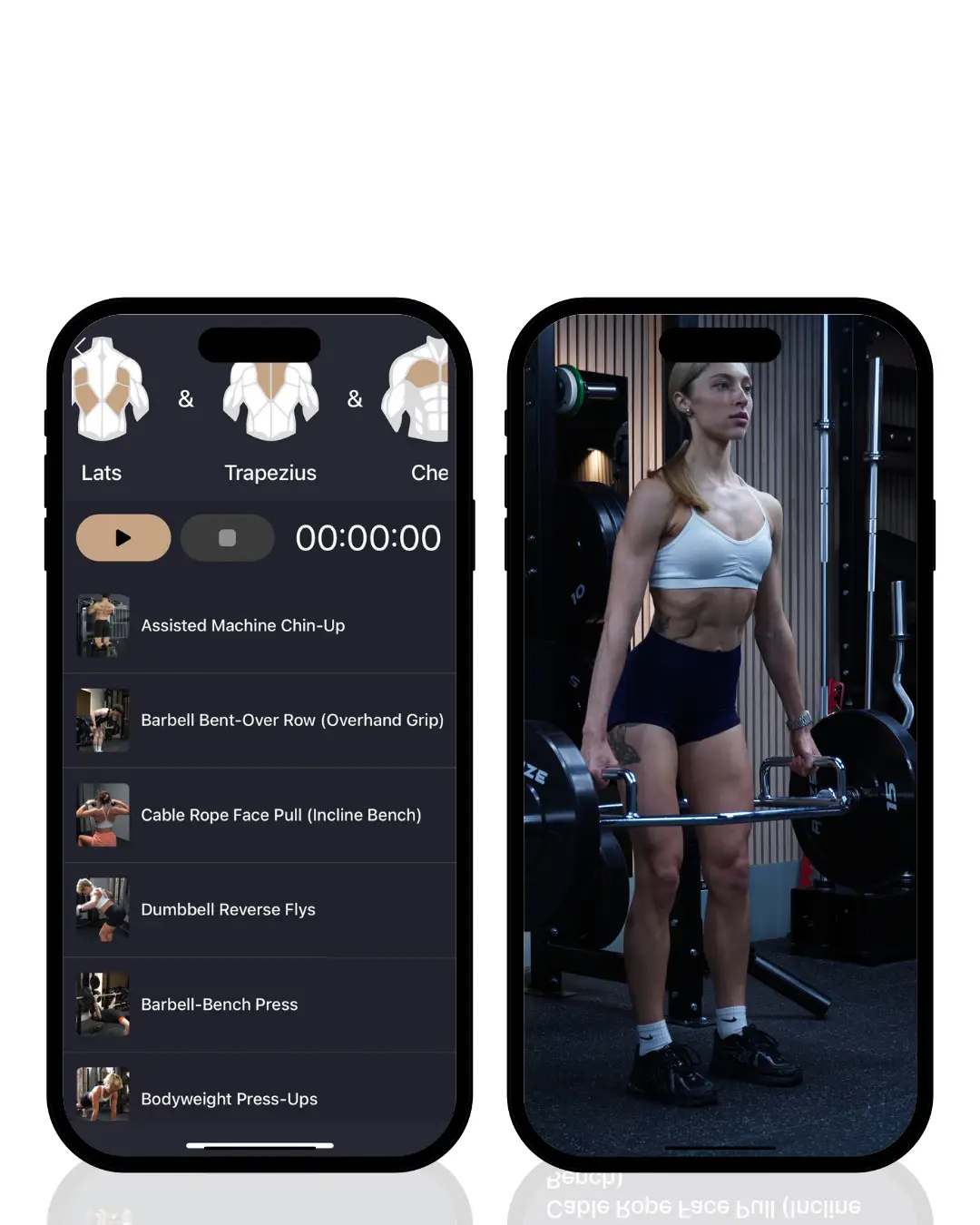Written by Will Duru, BSc (Hons) Sport and Exercise Science, award-winning Level 3 Personal Trainer.
Last month, Nancy walked into my London gym with a familiar story. “I need to lose 5kg for my wedding in 8 weeks,”. As someone with a decade of experience training busy professionals and a Sport and Exercise Science Hons degree, I’ve heard this countless times. The truth? Most people who chase quick fixes end up heavier than when they started.
Here’s what I told Nancy, and what I’m telling you now: losing 5kg safely isn’t about crash diets or extreme workouts. It’s about understanding the science, setting realistic goals, and building habits that last. This isn’t another quick-fix article. It’s a science-backed, sustainable approach that works.
In my years of training clients across London, I’ve seen what works and what doesn’t. The people who succeed understand that 5kg of fat loss takes time, patience, and the right approach. They focus on strength training, create moderate calorie deficits, and track progress beyond just the scales.
This guide will show you exactly how to lose 5kg safely, keep it off, and build a more substantial, healthier body in the process. No gimmicks, no extreme measures – just proven methods backed by science and real-world results
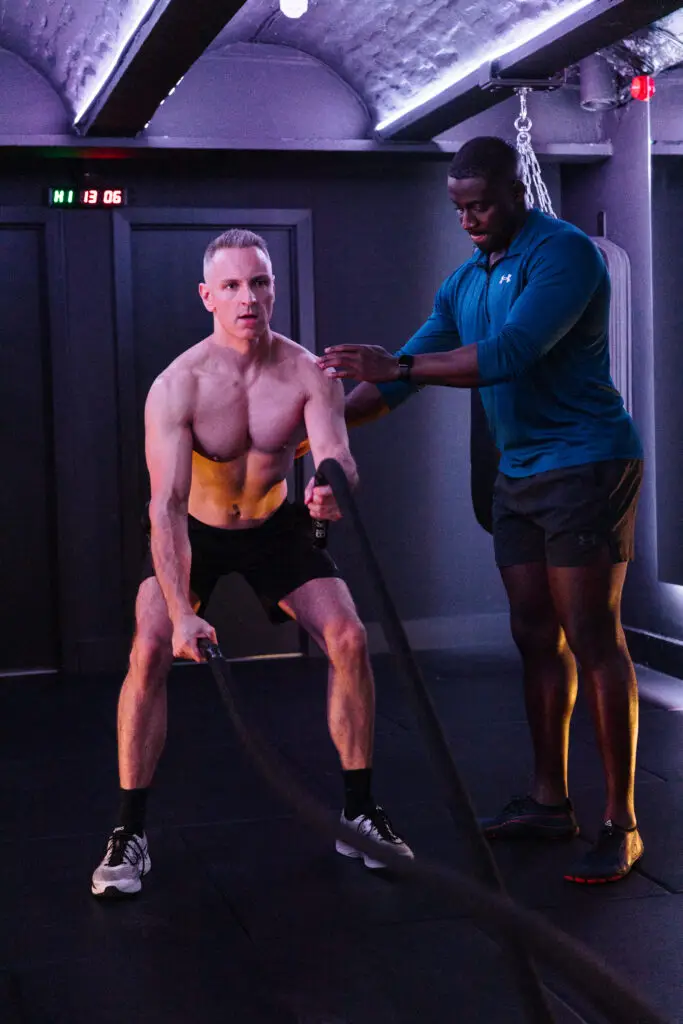
The Science Behind 5kg Weight Loss
Understanding the Caloric Deficit
Let’s start with the basics. To lose weight, you need to burn more calories than you eat. This is called a caloric deficit. It sounds simple, but there’s more to it than most people think.
One kilogram of body fat contains roughly 7,700 calories. To lose 5kg of fat, you need to create a total daily deficit of approximately 38,500 calories. That might sound huge, but spread over 12 weeks, it’s only about 460 calories per day. That’s the equivalent of skipping a large coffee and pastry, or doing an extra 45-minute walk.
My Sport and Exercise Science background taught me that the body doesn’t just burn fat when you’re in a deficit. Without the right approach, you’ll lose muscle too. This is why crash diets fail. You might lose 5kg quickly, but much of it will be muscle and water, not fat. When you return to normal eating, the weight comes back – often with extra fat.
Why 5kg is the Perfect Starting Goal
In my decade of training clients, I’ve found that 5kg is the sweet spot for weight loss goals. It’s significant enough to notice real changes in how you look and feel, but not so ambitious that it becomes overwhelming.
For most people, 5kg represents about 6-8% of their body weight. This is within the range that research shows can be achieved safely and sustainably. More importantly, it’s enough to improve health markers like blood pressure, cholesterol, and blood sugar levels.
The Timeline: Why 10-12 Weeks is Optimal
Here’s where most people get it wrong. They want to lose 5kg in 4 weeks, but science suggests otherwise. Safe and sustainable fat loss typically occurs at a rate of about 0.5-0.75kg per week. This means that 5kg should take a minimum of 10-12 weeks.
Why this timeline? Your body needs time to adapt. Lose weight too quickly, and your metabolism slows down dramatically. This is called adaptive thermogenesis. Your body thinks it’s starving and fights back by burning fewer calories and increasing hunger hormones.
I’ve seen clients lose 5kg in 6 weeks, only to gain 8kg back within 3 months. The ones who take 12 weeks? They keep it off and often continue losing more.

The Foundation: Setting Yourself Up for Success
Tracking Your Starting Point
Before you start, you need to know where you are. I have all my clients take baseline measurements on the first day. This isn’t just about the number on the scales.
Take your weight first thing in the morning, after using the bathroom, and wearing minimal clothing. But don’t stop there. Measure your waist, hips, chest, arms, and thighs. Take progress photos from the front, side, and back. I know it feels uncomfortable, but these photos will motivate you more than any number on a scale.
Your starting weight will fluctuate daily due to water retention, the presence of food in your system, and hormonal changes. Women, in particular, experience more significant fluctuations around their menstrual cycle. This is normal. Focus on the weekly average, rather than daily fluctuations.
Setting Realistic Expectations
In my experience, people who succeed set process goals, not just outcome goals. Instead of “I want to lose 5kg,” try “I will strength train 2- 3 times per week and eat protein with every meal.” Put a calendar on your fridge and mark it with the day of the week you train. This will help keep you accountable, as you’ll see it every time you open the fridge.
Your body composition will change before the scales do. You might lose 2 cm from your waist, while the scales remain the same. This is good news – you’re losing fat and building muscle. The scales don’t tell the whole story.
Expect plateaus. Everyone hits them. Your body adapts to your new routine, and weight loss slows down. This doesn’t mean you’re failing. It means you need to adjust your approach.
The Importance of Consistency Over Perfection
The clients who succeed aren’t perfect. They’re consistent. They miss workouts sometimes, they have bad eating days, but they get back on track quickly. The ones who fail? They think one bad day ruins everything, so they give up. No, this is true.
Aim for 80% consistency. If you eat well 8 out of 10 meals, you’ll see results. If you train 2-3 times per week, most weeks, you’ll get stronger. Perfection is the enemy of progress and good.

The Training Component: Why Strength Training is Essential
Preserving Muscle During Weight Loss
Here’s what most people don’t understand: when you’re in a caloric deficit, your body will break down both fat and muscle for energy. Without the right stimulus, you could lose as much muscle as fat. This is why people who just diet and do cardio end up “skinny fat” – lighter but still soft and weak.
Strength training sends a signal to your body: “Keep the muscle, we need it.” Research shows that people who combine strength training with a caloric deficit lose 95% fat and only 5% muscle. Those who just diet? They lose about 75% of their fat and 25% of their muscle.
My Sport and Exercise Science degree taught me about muscle protein synthesis – your body’s process of building and repairing muscle. Strength training stimulates this process, even when you’re eating fewer calories. This is why my clients who strength train look leaner and more toned at the same weight as those who do cardio.
The Metabolic Benefits of Resistance Training
Strength training doesn’t just preserve muscle – it boosts your metabolism in multiple ways. First, muscle tissue burns more calories at rest than fat tissue. For every kilogram of muscle you maintain, you burn an extra 13 calories per day just existing.
Second, there’s the afterburn effect, scientifically known as EPOC (Excess Post-Exercise Oxygen Consumption). After a strength training session, your body continues burning extra calories for up to 24 hours as it repairs muscle tissue and restores energy systems.
I’ve tracked this with my clients using heart rate monitors. A 45-minute strength session might burn 250 calories during the workout, but the total calorie burn over 24 hours can be 400-500 calories
Your 5kg Loss Training Framework
To lose 5kg while preserving muscle, I recommend strength training three times a week. This provides sufficient stimulus to maintain muscle while allowing for adequate recovery time.
Focus on compound movements – exercises that engage multiple muscle groups simultaneously. Squats, deadlifts, bench press, rows, and overhead press should form the foundation of your routine. These exercises burn more calories and build functional strength.
Here’s a simple weekly structure I use with clients:
Day 1: Lower Body Focus – barbell Squats or goblet squats – Romanian deadlifts – Lunges – leg press and sledge push Calf raises – Core work
Day 2: Upper Body Push – Bench press or push-ups – Overhead press – Dips – Tricep extensions, knee press – Core work
Day 3: Upper Body Pull – Rows – Pull-ups or lat pulldowns – Face pulls – Bicep curls – Core work
Start with 4 sets of 8-12 repetitions for each exercise. Focus on proper form first, then gradually increase weight or repetitions each week. This progressive overload is crucial for maintaining muscle during weight loss.
The 12Reps app can help you track your workouts and ensure you’re progressing each week. Its smart filtering system suggests the right weights and reps based on your previous sessions, taking the guesswork out of progression. Download now.
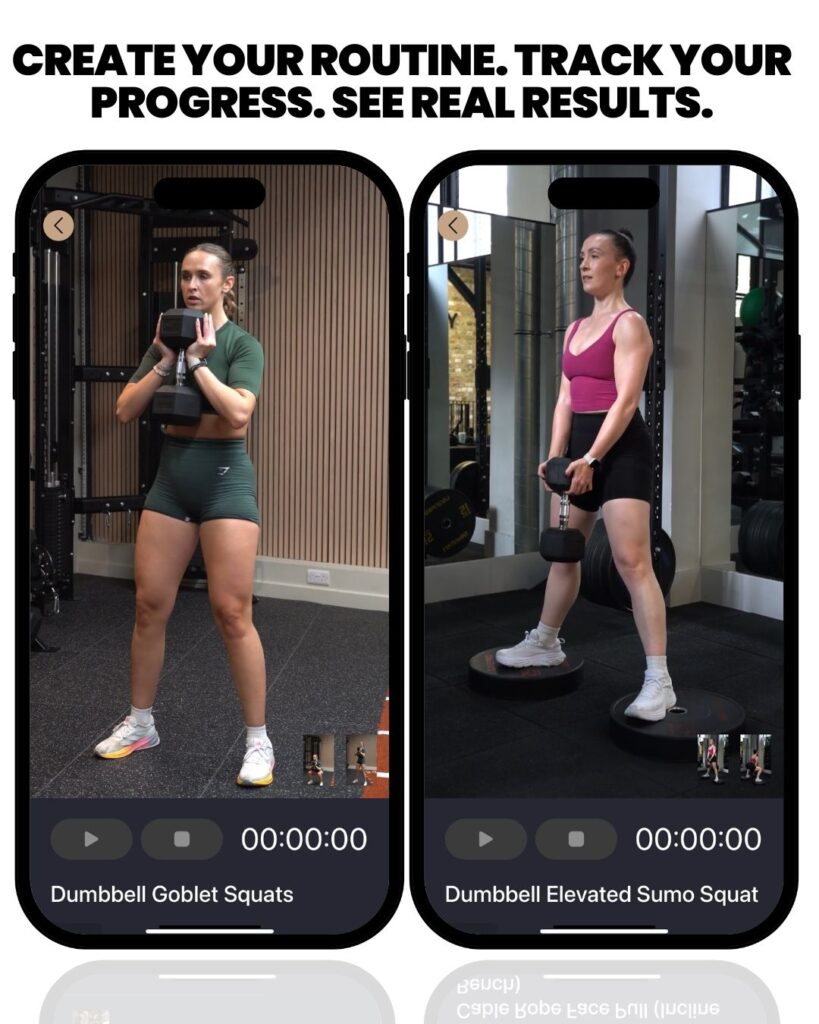
Nutrition Fundamentals for 5kg Loss
Creating Your Caloric Deficit
Remember, you need a daily deficit of approximately 460 calories to lose 5kg in 12 weeks. I recommend creating this deficit through a combination of diet (reducing calories by 300-350) and exercise (burning 100-150 calories). This approach is more sustainable than extreme dietary restriction.
To calculate your caloric needs, start with your Basal Metabolic Rate (BMR) – the calories you burn just staying alive. Then multiply by your activity factor. There are online calculators for this, but as a rough guide:
- Sedentary (desk job, little exercise): BMR × 1.2
- Lightly active (light exercise 1-3 days/week): BMR × 1.375
- Moderately active (moderate exercise 3-5 days/week): BMR × 1.55
From this total, subtract 300-500 calories to create your deficit. Start conservatively – you can always reduce calories further if progress stalls.
Macronutrient Priorities for Fat Loss
Not all calories are equal when it comes to body composition. Protein is your most crucial macronutrient during weight loss. It preserves muscle, increases satiety, and has a higher thermic effect – meaning you burn more calories digesting it.
Aim for 1.6-2.2 grams of protein per kilogram of body weight. For a 70kg person, that’s 112-154 grams per day. Include protein with every meal and snack.
Carbohydrates fuel your workouts and help with recovery. Don’t eliminate them completely. Focus on complex carbs like oats, rice, potatoes, and vegetables. Time them around your workouts for best results.
Fats are essential for hormone production and nutrient absorption. Include healthy sources like nuts, olive oil, avocado, and fatty fish. Aim for about 0.8-1.2 grams per kilogram of body weight.
Meal Timing and Practical Tips
While total calories matter most, meal timing can help with adherence and performance. I recommend eating protein within 2 hours of your workout to support muscle recovery.
Spread your protein throughout the day rather than having it all in one meal. Your body can only use about 25-30 grams of protein for muscle building at once.
Stay hydrated. Often, we mistake thirst for hunger. Aim for at least 2-3 litres of water per day, more if you’re active or in hot weather.
Don’t forget about sleep and stress. Poor sleep increases hunger hormones, making it harder to lose fat. Chronic stress raises cortisol, which promotes fat storage, especially around the midsection. Aim for 7-9 hours of quality sleep per night.
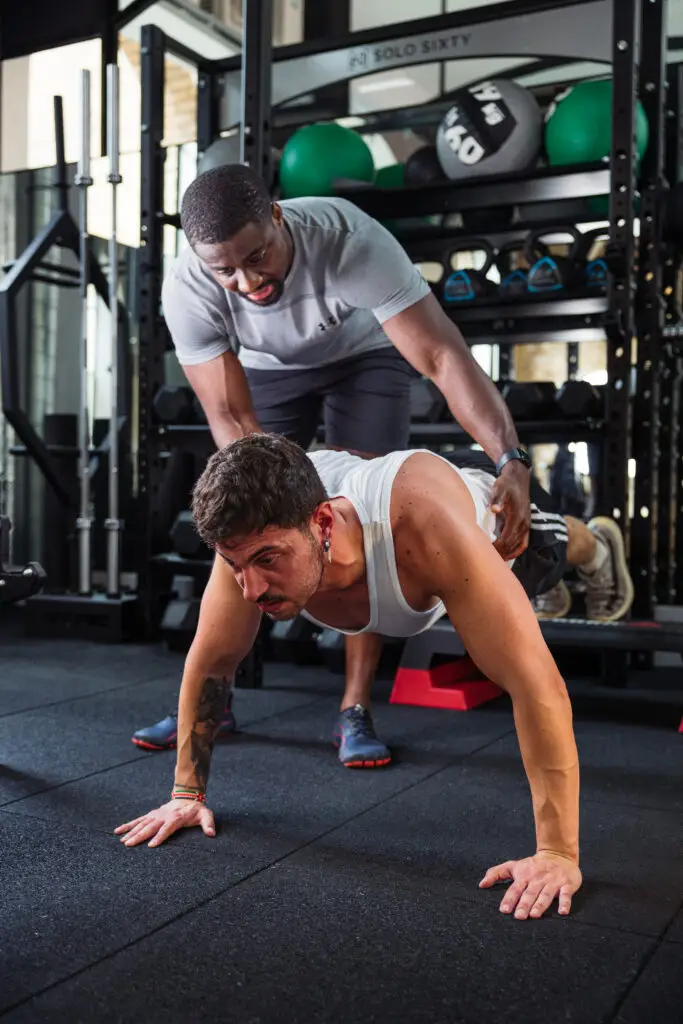
Common Mistakes and How to Avoid Them
In my decade of training clients, I’ve seen the same mistakes repeatedly. Here are the biggest ones and how to avoid them:
Extreme Caloric Restriction: Eating too little backfires. Your metabolism slows, you lose muscle, and you become miserable. Stick to a moderate deficit of 300-500 calories per day.
Neglecting Strength Training: Cardio alone won’t give you the body composition changes you want. You need strength training to preserve muscle and boost metabolism.
All-or-Nothing Mentality: One bad meal doesn’t ruin your progress. Get back on track with your next meal, not next Monday.
Comparing to Others: Your colleague might lose weight faster than you, but everyone’s body is different. Focus on your own progress and journey.
Unrealistic Timelines: 5kg in 4 weeks isn’t sustainable. Give yourself 10-12 weeks minimum for lasting results.
Ignoring Recovery: Sleep, stress management, and rest days are crucial for fat loss. Your body changes during recovery, not just during workouts.
Your 12-Week Action Plan
Weeks 1-4: Foundation Phase
Focus on building habits and establishing your routine. Start with 3 strength training sessions per week and create a moderate caloric deficit. Don’t expect dramatic changes yet – your body is adapting.
Track everything: food, workouts, measurements, and how you feel. This data will be valuable later when you need to make adjustments.
Weeks 5-8: Momentum Phase
By now, your habits should be more established. You might see your first plateau during this phase – that’s normal. Focus on consistency and trust the process.
This is when you might need to make small adjustments to your calorie intake or training intensity. The 12Reps app’s analytics can help you see patterns in your performance and suggest when to progress.
Weeks 9-12: Refinement Phase
The final phase is about fine-tuning and preparing for maintenance. You should be close to your 5kg goal by now. Start thinking about how you’ll maintain your new weight and habits.
Don’t immediately return to your old eating habits once you hit your goal. Gradually increase calories back to maintenance level over 2-3 weeks.

Conclusion
Losing 5kg safely isn’t about finding the perfect diet or workout plan. It’s about understanding the science, setting realistic expectations, and building sustainable habits. The combination of strength training, moderate caloric deficit, and patience will get you there.
A decade of training experience has taught me that the people who succeed are those who focus on the process, not just the outcome. They understand that real change takes time, but the results last.
Remember, this journey is about more than just losing weight. You’re building strength, improving your health, and developing habits that will serve you for life. The 5kg you lose is just the beginning of what you can achieve.
Start today. Take your measurements, plan your first workout, and commit to the process. Your future self will thank you for taking the first step towards a healthier, stronger you.
The 12Reps app can be your companion on this journey, helping you track workouts, monitor progress, and stay consistent with your training. Its smart filtering system takes the guesswork out of progression, so you can focus on what matters most – showing up and doing the work.
Your 5kg weight loss journey starts now. Are you ready to commit to the process and see what you’re truly capable of achieving.
Download the 12REPS APP NOW
